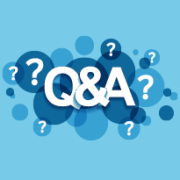Hearing Loss Q&A
Hearing Loss Q&A
Q: When someone speaks, I often miss nuances, like tone. Could this be hearing loss?
A: That’s an interesting question! Hearing loss shares symptoms with other conditions, though. Let’s look at what hearing loss is and consider another possible culprit.
Hearing Basics
Hearing is complex. It’s more than just your ears taking in sound. Your nerves and brain actively partner with your ear in a delicate dance to accomplish hearing. Here’s how it happens.
Area 1: The ear
Your outer ear collects sound waves, which travel down your ear canal and cause your eardrum to vibrate. Your eardrum passes the vibrations to the three smallest bones in your body, in the middle ear, which amplify the vibrations and send them to your inner ear.
In your inner ear, the vibrations become waves in a fluid-filled cavity. These waves jostle tiny hair-like cells, which convert the wave information into electric impulses.
Area 2: The auditory nerve
Your auditory (hearing) nerve carries all those electrical impulses as nerve signals to the part of your brain that processes what you hear.
Area 3: The brain
Your brain does a lot of behind-the-scenes work making sense of sound information. It pinpoints where the sound is coming from, focuses on it, separates out background noise, determines whether it recognizes the sound, and identifies whether it’s speech, music, etc.
Put It All Together
As you can see, a lot happens during the process we call hearing! The delicate dance happens all day, every day, effortlessly, and there are a lot of moving parts — and a lot of opportunities for things to go wrong.
Hearing Loss
Hearing loss is anything that does go wrong in that first area — your ears. Hearing problems can occur because of earwax buildup, damage to your eardrum, an ear infection, or damage to any of the tiny structures in your middle or inner ear.
A standard hearing test will determine whether you have hearing loss. Common symptoms are:
- Trouble understanding people on the telephone
- Difficulty following conversations with two or more people
- Asking people to repeat themselves
- Turning up the TV so loud that others complain
- Problems understanding speech in background noise
- Thinking others mumble
- Trouble understanding children and people with higher-pitched voices
A hearing care professional should be your first stop when trying to determine whether you have hearing loss.
They’ll get to know you, test your hearing, and check the fitness of your ear canal, ear drum, middle ear, and inner ear. If they determine you have hearing loss, they’ll make recommendations about a treatment solution. Often, the treatment includes hearing devices.
But the symptom you mentioned — missing nuances like the tone of people’s speech — is more often a symptom of something else.
Auditory Processing Disorder
Auditory processing disorder (APD) has a lot in common with hearing loss. All the symptoms listed above, for example.
But many (not all) people with APD pass a hearing evaluation with flying colors! What’s going on here?
This is where the third area you use for hearing, the brain, comes in. With APD, something interferes with the way your ears and brain coordinate. You might hear sounds loud and clear — your ears are doing their job — but something keeps your brain from processing the sounds effectively.
How common it is? It’s hard to even pin down an estimate, because providers use different diagnostic standards. Conversations about APD typically focus on children, but it affects adults as well.
Symptoms of APD
Certain symptoms point more strongly to APD than to hearing loss, for example:
- Difficulty remembering directions spoken aloud
- Mishearing words or sentences
- Sensory overload in noisy environments
- Problems picking up nuances in speech
- Being easily distracted by background noise
- Inability to appreciate music
It’s not about intelligence — someone might remember written directions very well. But if those same directions were spoken aloud instead, they might misremember them. It’s about how the sounds are received and processed.
Communication Skills Affected by APD
Someone with APD could struggle with one or all of the following four communication skills.
Auditory discrimination. Auditory discrimination lets you notice, compare, and distinguish the distinct sounds in words. Someone with auditory discrimination problems might confuse similar words (like “seventy” and “seventeen”), find learning to read challenging, and have difficulties following spoken directions even when paying close attention.
Auditory figure-ground discrimination. Auditory figure-ground discrimination allows you to pinpoint the sounds you want to hear in a noisy background. Someone struggling with auditory figure-ground discrimination has trouble filtering out the background noise of a restaurant, for example. In the case of a child, their learning potential might suffer if they can’t block out classroom sounds during a lesson.
Auditory memory. Auditory memory lets you recall what you’ve heard. It includes both short-term and long-term memory. Someone with auditory memory challenges might have difficulty remembering names, memorizing phone numbers, or following instructions with multiple steps.
Auditory sequencing. Auditory sequencing allows you to understand and recall word and sound order. Someone with auditory sequencing challenges might confuse numbers (for example, 14 and 41), lists, or sequences. A child with this problem might complete a series of tasks out of order, even if they seem to have understood the directions.
APD in Children
Early diagnosis of APD in children is crucial, because, if not managed, it can lead to listening and learning problems. The auditory system in children doesn’t develop fully until around age 14. Early intervention, thus, helps with listening skills and the development of stronger auditory pathways.
In addition to the symptoms listed in the previous section, one classic APD symptom in children is improvements in behavior and performance in quiet settings.
If your child has trouble communicating or exhibits any of these symptoms, an audiologist can evaluate them using use a specific group of listening tests. Strategies to help your child thrive in school are determined in consultation with the audiologist and can include:
- APD is not widely known, so sharing information about APD with school staff can help them understand how best to help children with APD.
- Physical accommodations. These improve the listening environment and include remote microphone systems, strategic seating that reduces sound and sight distractions, and slow, deliberate speech from the teacher.
- Individual therapies. These include computer-assisted programs, speech-language therapy, occupational therapy, and counseling.
APD in Adults
If you’re an adult with APD, you may well have had it your entire life. You might have had difficulty learning to read, keeping up in class, or paying attention in noisy situations. But it all went under the radar and, thus, unaddressed.
Many adults with APD don’t even realize they’ve developed strategies to cope, choosing activities and jobs that allowed them to flourish with APD.
An audiologist diagnoses APD in adults through an APD evaluation consisting of a series of listening tasks, then develops a treatment plan that could include:
- Speech-language therapy, especially auditory training
- Brain-training techniques to improve processing skills
- Computer-assisted-programs that help you learn to process language advantageously
- Counseling or art/music therapy if depression, anxiety, or self-esteem issues are present
Causes of APD
Just like we don’t really know how common APD is, we don’t understand the causes very well, either. It does, however, tend to be linked with ADHD and dyslexia. Suspected causes include:
- Frequent ear infections
- Head injuries
- Central nervous system disorders
- Genetics
- Low birth weight
There’s No Easy Answer
As you can see, a lot must happen for you to successfully hear and understand a sound. Your symptom — missing nuances in speech — is just one symptom to consider. It could be hearing loss. It could be APD. Or it could be something else, because other health issues also show up as a problem noticing speech nuances.
I hope this has given you food for thought and a good starting place. Feel free to contact us to get a hearing evaluation on the books today!




